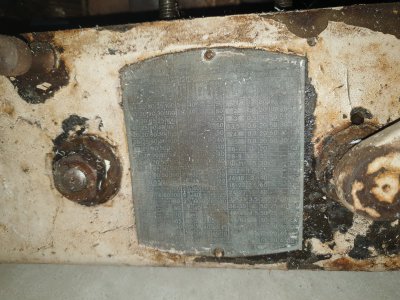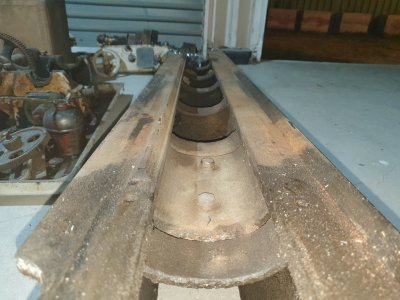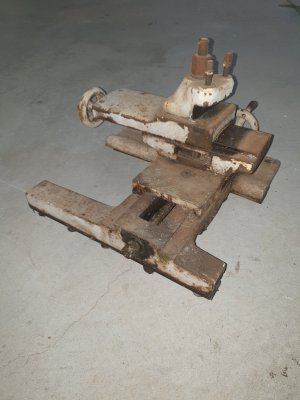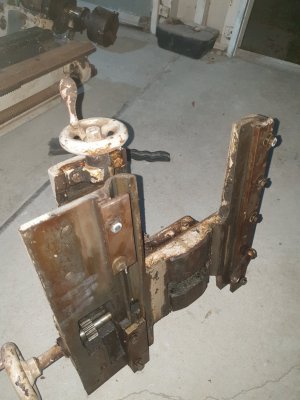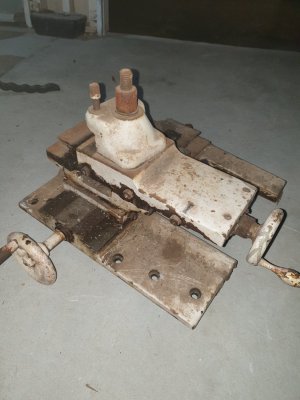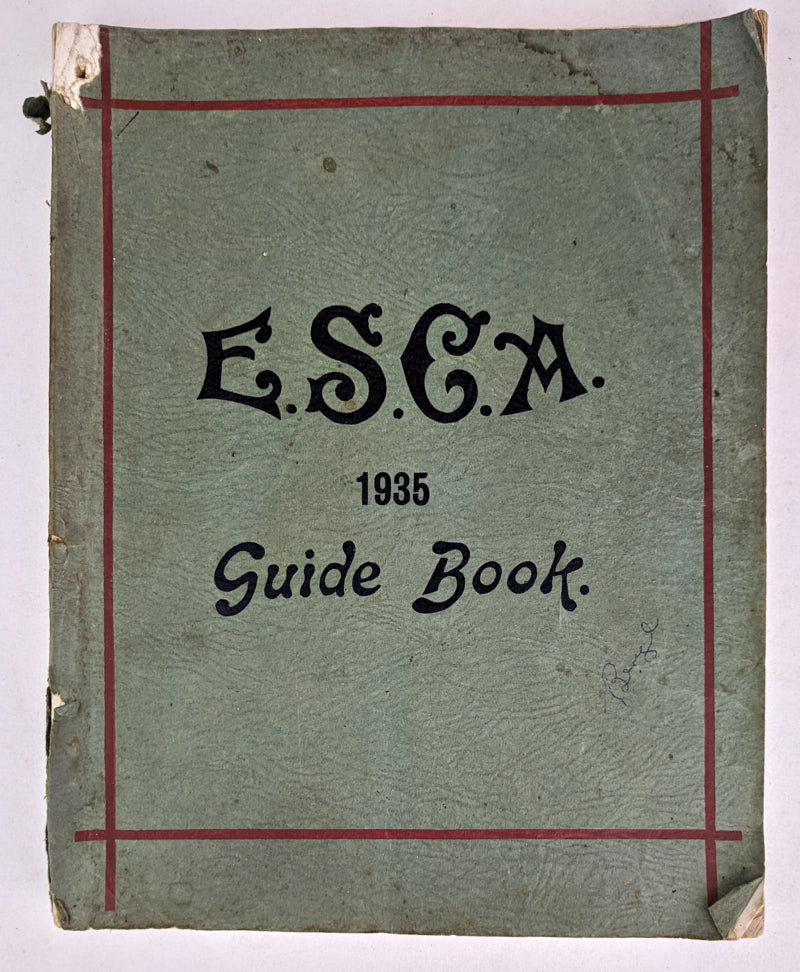Before I had a mill in my workshop I used one of these mounted to the crossslide of my 9" lathe:
https://www.ebay.com/itm/Lathe-Mill...3-9695-44e6-90a7-dc7231a89a57&redirect=mobile
That along with a cutter in the headstock will do some _light_ milling. Personally I bought an ER32 collet chuck that fit the morse taper in my spindle. That along with a draw bar will hold either a milling cutter or round stock for lathe work.
Is it ideal? Hardly, but a lathe with a milling attachment, drill press, vise, hack saw and some decent files can go a long way if you're patient and willing work on setups. A whole lot of old time hobby machinists did some cool projects with little more than that because throwing money at it wasn't an option and space was limited.


